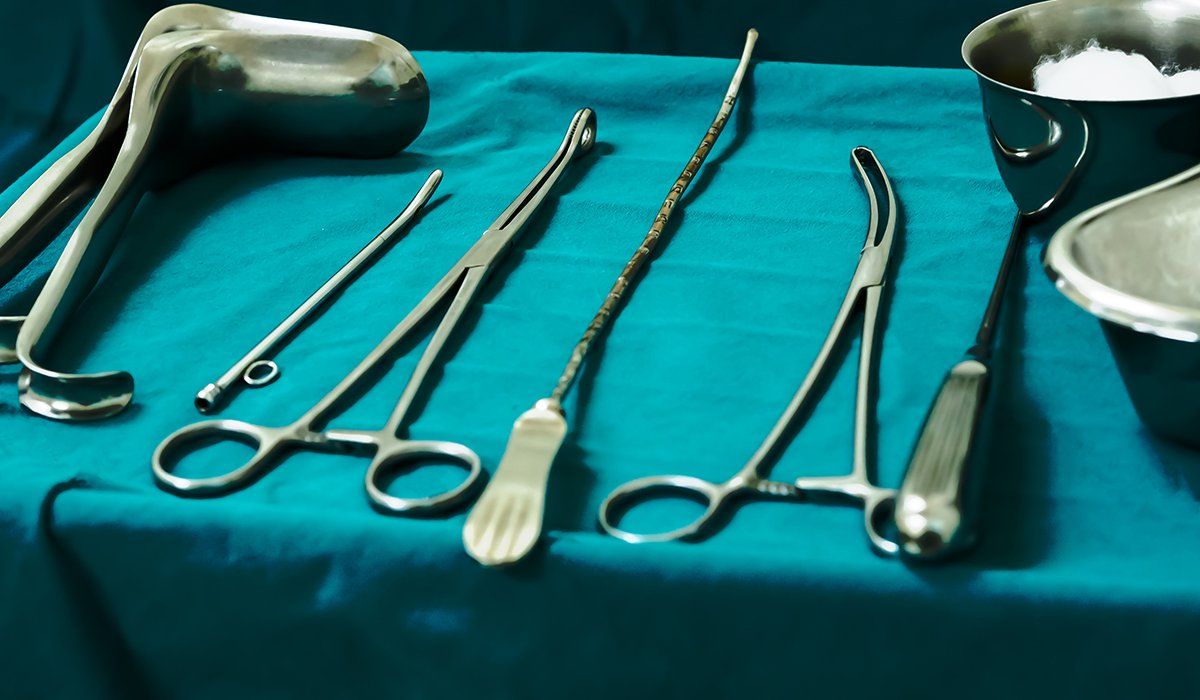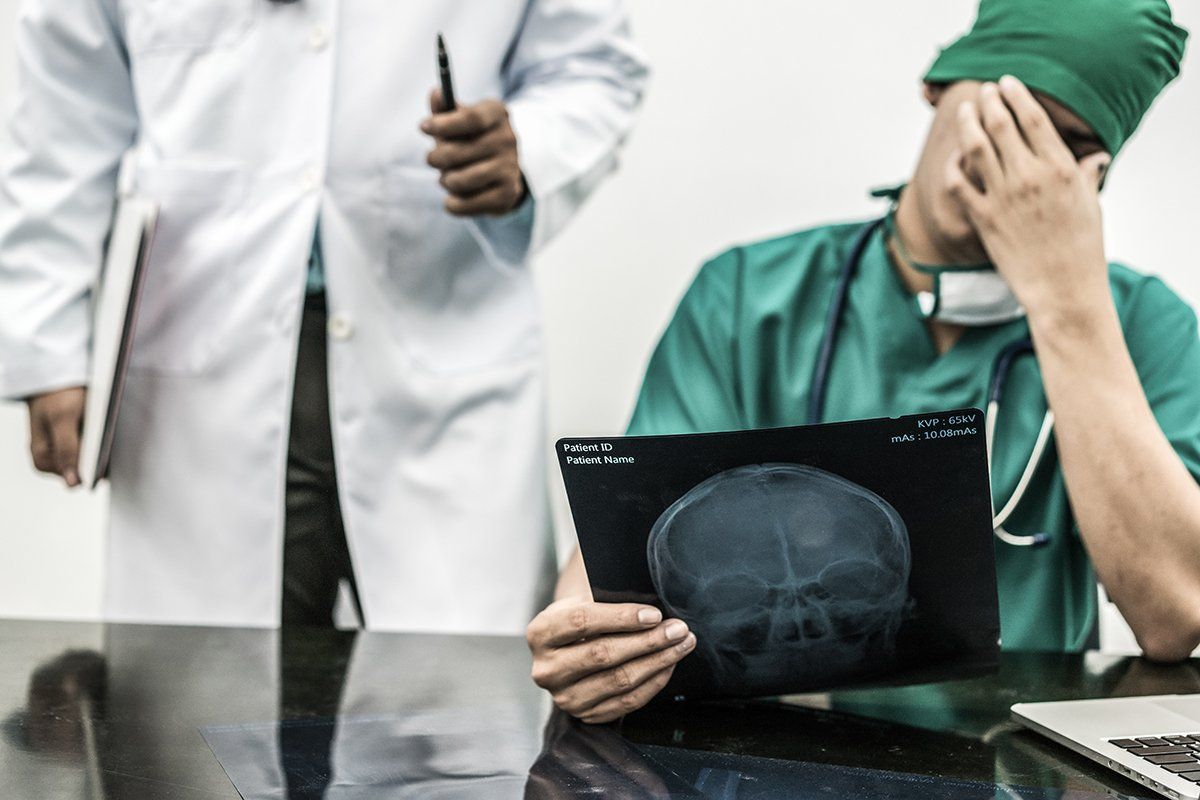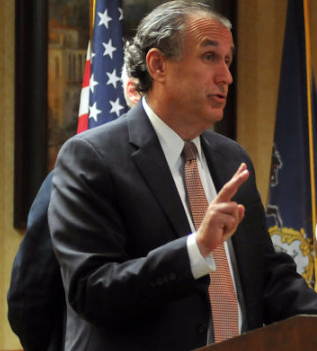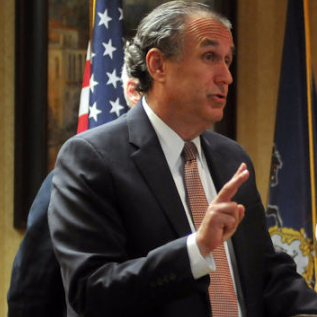In 2001, USA Today reported one of the more well-known cases of medical malpractice happened to Saturday Night Live alumni, Dana Carvey. Roughly two months after the double bypass operation that was supposed to preserve his life, Mr. Carvey received the news that the surgeon had bypassed one of the wrong arteries. The surgeon, who performed the surgery, stated that it was an honest mistake that occurred due to the unusual positioning of Mr. Carvey's artery in his heart. Dana Carvey felt quite differently, and subsequently, he filed a $7.5 million lawsuit against the surgeon and the hospital.
The Story, by Mike Falcon, of Spotlight Health, assisted by medical adviser Stephen A. Shoop, M.D.
Comedian Dana Carvey's heart condition was anything but funny. Several years ago, the former Saturday Night Live star had recurring chest pain from angina, or restricted blood flow to the heart. He underwent three angioplasties to unblock a coronary artery and keep it open. But each operation failed.
Desperate for relief, he underwent a double bypass operation in 1998.
"I kind of thought of it as an advanced plumbing problem," quips Carvey. "They bypass a bad section of rotted out pipe and reconnect using just the good sections."
But the chest pains continued without improvement.
So Carvey went in for another angiogram to find the source of recurring angina. And that's when the problem was discovered. Carvey's surgeon, who had reportedly performed thousands of the operations, had bypassed the wrong artery.
"It was like being in a Ripley's Believe It or Not column," says Carvey. "And finally it struck me, and I was scared and worried — mostly for my family."
He then went through a fourth angioplasty — this time with Dr. P.K. Shah, head of cardiology at Cedars-Sinai Medical Center in Los Angeles. The procedure was a success.
"Dana was very fortunate despite all he has gone through," says Shah. "Unlike many others with heart episodes, he has absolutely no damage to the heart muscle itself. He can do just about anything he wishes."
"Except eat double cheeseburgers with mayonnaise," says Carvey.
After appearing with Adam Sandler in Little Nicky, Carvey is co-writing and co-starring in Master of Disguise, due out next year. He's also a principal character voice — along with Jodie Foster, Morgan Freeman, and Garry Shandling — in the animated feature Tusker, due out in 2003.
Carvey feels he has yet another job. Although his malpractice suit for $7.5 million against the San Francisco-area surgeon was settled, Carvey is determined that others learn from his experience.
"So much of heart disease is preventable if only people knew the facts," says Carvey. "Couple awareness with preventive measures and lives are saved."
Hosting the El Corazon de Havana benefit at the Beverly Hills Hotel last Saturday for Cedars-Sinai Medical Center Heart Fund, Carvey shared some prevention facts and his prescription for recovery.
"Coronary heart disease is the No. 1 killer of men and women," notes Carvey. Coronary heart disease (CHD) was responsible for almost 460,000 deaths in 1998.
Sadly, heart disease is routinely overlooked. "Often the first manifestation of heart disease is a heart attack or sudden death," says Carvey.
According to the American Heart Association (AHA), this year an estimated 1.1 million people in the USA will have a coronary attack. Approximately 450,000 of these will be a recurrence.
About 220,000 people a year die of CHD without making it to a hospital. Most of these sudden deaths are caused by cardiac arrest. Overall, more than 40% of people who have a coronary attack will die from it within a year, says the AHA.
Stop it before it starts
"But is doesn't have to be that way," says Carvey. "Heart disease is largely preventable and treatable."
The first step in prevention, says Dr. P.K. Shah, is to know your risk factors:
Family history — "Genetics is the gasoline for heart disease and lifestyle is the match," says Carvey. "I meet so many guys in their 40s who say something to me like, 'My dad died from a heart attack and I think I have high
cholesterol — but I'm eating low-fat cheese — so do you think I'm OK?'"
"After I recover from shock, I tell them to find out what their cholesterol levels are by going to a doctor rather than to a comedian."
Cholesterol levels — Shah suggests that, "in general LDL cholesterol levels over the 120-130 range deserve further evaluation. Not everyone with those levels has a problem, but many do — so investigating further is simply prudent.
"High blood pressure — Elevated blood pressure indicates that the heart is working harder than it might have to. Normal blood pressure is roughly 130/80, while 140/85 is considered the start of high blood pressure, notes Shah.
Smoking — "This event may be called El Corazon de Havana," quipped Carvey, "but if anyone smokes a cigar here we'll have to arrest them." Tobacco smoking and secondhand smoke are directly linked to increased incidence of heart disease and stroke.
Diabetes — The blood sugar disorder not only increases the risk of heart disease but also makes treatment more challenging.
Obesity — According to the AHA, new studies indicate that obesity is both related to, and a predictor for, coronary atherosclerosis.
Stress —"The interplay between stress and high blood pressure can be dangerous," says Shah, "so reducing stress levels is essential."The combination of a person's risk factors may prompt further testing. These can include a variety of non-invasive tests, including electrocardiograms, chest X-rays, heart scans, exercise stress tests, magnetic resonance imaging or angiography, and echocardiograms.
Carvey is a big advocate of the EBCT test, which measures blood calcium levels. This is considered to be about 70% specific for detecting blocked arteries, according to a study published the journal Circulation.
There are also surgical interventions, but in many cases lifestyle changes alone can decrease risk factors, heading off the need for surgery, says Shah. The same is true in preventing a recurrence of heart disease.
Preventive factors include:
Diet — Shah's diet plan for Carvey includes a reduction in red meats and animal fats, and a big increase in fish, fresh fruits, and vegetables. Carvey says it's been an easy adjustment — "except for an occasional involuntary quiver when I pass an aquarium."Exercise — Carvey uses a treadmill for 30-40 minutes of daily walking and running. Regular exercise can help lower blood pressure, reduce cholesterol and weight, and increases the heart's ability to pump oxygenated blood.
Stress reduction — For a comedian, a certain amount of stress can be performance-enhancing. "But in general, Dana avoids reacting excessively to stressful circumstances," says Shah. Yoga, deep breathing, and other stress reduction techniques help keep Carvey grounded and calm.
Medication — Shah notes that because Carvey has a common genetic cholesterol problem, he uses a statin drug to help lower his cholesterol. His levels have come down from the alarming 380-400+ range to between 120-140.
This reduction is impressive, but statins alone rarely produce more than a 20-40% LDL reduction. "It's an integrated system that can work but you have to follow the plan," says Carvey. But not all patients can take this class of medications.
Which leads directly back to prevention.
"Do an accurate risk assessment by being honest with your doctor and getting in for a checkup," says Carvey. "I was very lucky in that I didn't sustain heart muscle damage. But knowing what I do now, I would never take a gamble like that again."



































